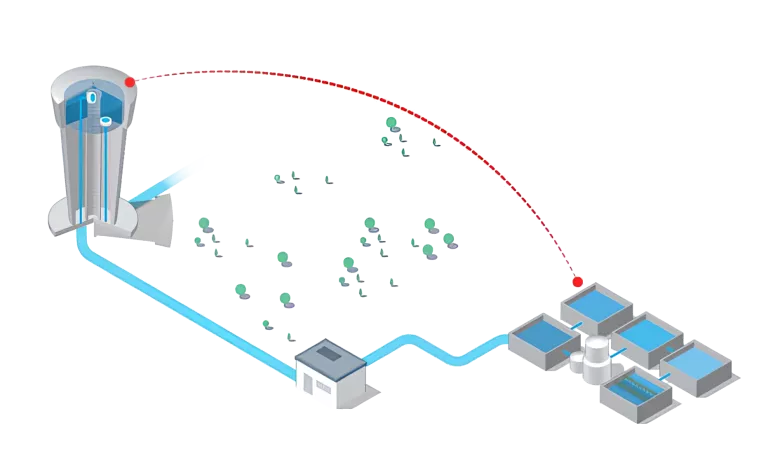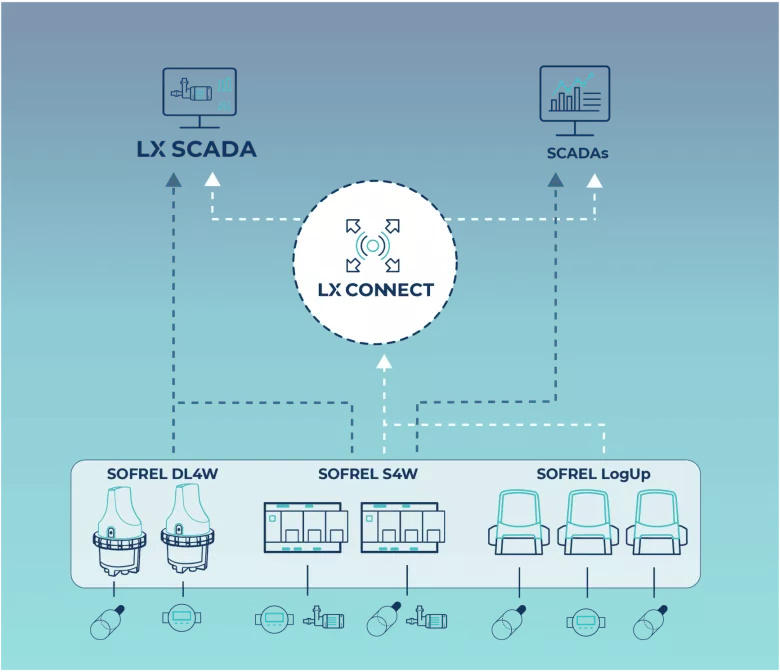Development of Technological Building Blocks for Smart Water Networks
Context and purpose
E2CC IOTWN, a continuation of the E2CC Platform initiative, aims to develop complementary technological components tailored to the specific needs of drinking water networks. The project demonstrates the relevance of an Edge-to-Cloud continuum through a concrete industrial use case: optimization of water distribution networks.
Led by LACROIX, the project spans 54 months (2024–2028) and is structured to align closely with the technical roadmap of E2CC.
Technical objectives
E2CC IOTWN focuses on the development of three key technological components:
- Device Management & Connectivity: Enables operational management of connected devices (updates, security, configuration) and facilitates the integration of new equipment using standard IoT protocols.
- Artificial Intelligence Modules: Detect anomalies in network data (e.g., pressure variations, predictive maintenance…) with continuous learning capabilities and sector-based localization.
- Supervision Interface: Provides operators with a clear and concise visualization of network performance and enables feedback to improve AI models.
Synergy with the E2CC Platform
The project is closely integrated with the E2CC Platform, leveraging its deliverables —such as architecture, cybersecurity, and orchestration— to build a comprehensive and interoperable solution. This synergy allows:
- Validation of technological components in a real-world environment.
- Extension of the platform’s capabilities to broader IoT use cases.
- Technical and strategic alignment between projects.
Technological challenges
The project addresses several key challenges related to Edge-to-Cloud communication:
- Interoperability: Seamless integration of heterogeneous devices and cloud platforms.
- Edge deployment: Local execution of AI algorithms to reduce latency and ensure resilience.
- Data synchronization: Consistent data flow and processing between edge and cloud layers.
- Cybersecurity: Secure end-to-end updates and security assets management for connected devices.
- Orchestration: Coordinated updates and supervision across distributed systems.
Experimentation
The developed technologies will be tested in a real-world drinking water network, with structured feedback from operational users.

